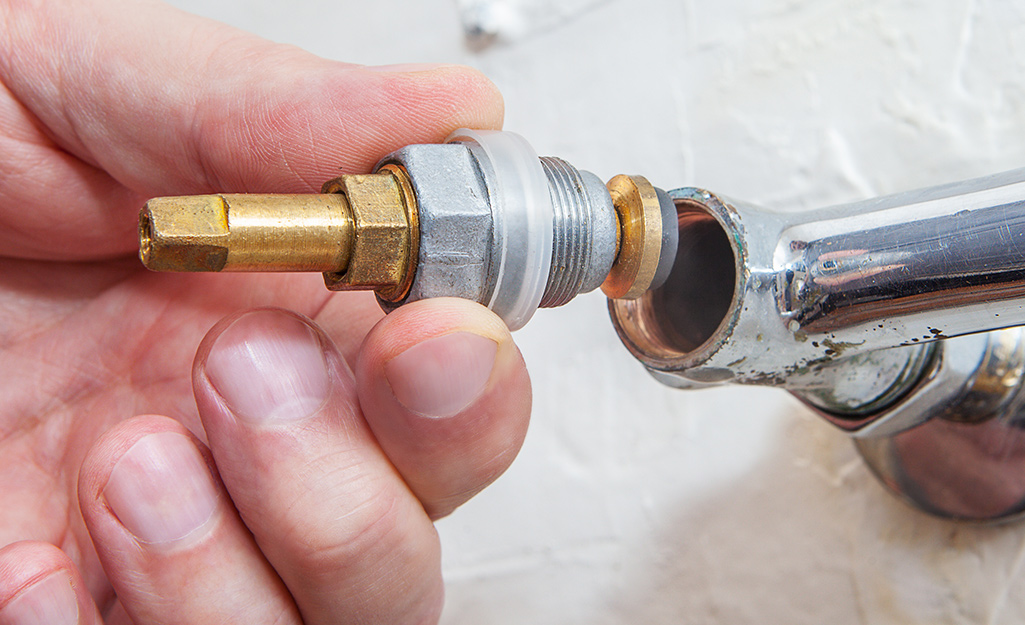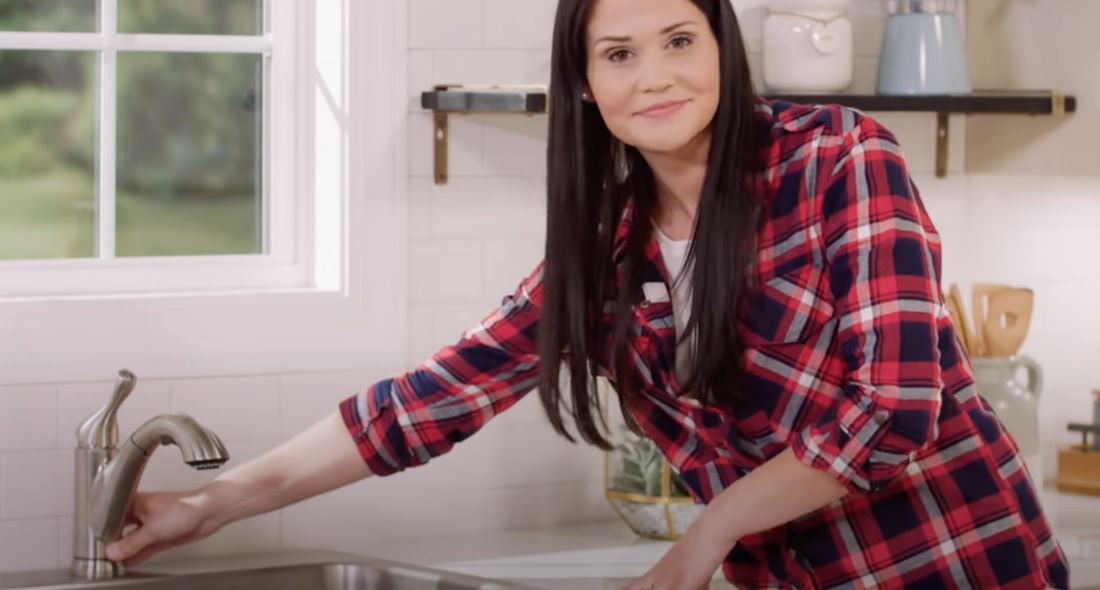How It's Crucial to Address a Broken Faucet
How It's Crucial to Address a Broken Faucet
Blog Article
Just about every person has their unique idea on the subject of Water Dripping from Faucet: Why and How to Fix.

Trickling faucets may appear like a small inconvenience, but their effect exceeds simply the aggravation of the sound. From wasting water to incurring unnecessary financial costs and health and wellness dangers, neglecting a trickling tap can bring about various consequences. In this short article, we'll look into why it's important to resolve this typical family issue without delay and successfully.
Wastage of Water
Environmental Effect
Leaking taps contribute significantly to water wastage. According to the Epa (EPA), a single faucet leaking at one drip per secondly can throw away greater than 3,000 gallons of water each year. This not just stress water resources but additionally affects ecosystems and wild animals dependent on them.
Financial Costs
Boosted Water Bills
Past the environmental effect, trickling taps can inflate water expenses significantly. The accumulated waste in time converts into greater utility costs, which can have been prevented with prompt repair work.
Possible Home Damages
Furthermore, prolonged dripping can lead to harm to components and surfaces surrounding the faucet. Water accumulation can create staining, deterioration, and even architectural concerns if left ignored, leading to added repair work prices.
Health and wellness Worries
Mold And Mildew and Mold Growth
The constant presence of dampness from a leaking tap develops an ideal environment for mold and mildew and mildew growth. These fungi not just compromise interior air quality however also position wellness risks, specifically for individuals with breathing conditions or allergies.
Waterborne Conditions
Stationary water in trickling faucets can become a breeding ground for bacteria and various other microorganisms, boosting the threat of waterborne conditions. Contaminants such as Legionella bacteria flourish in stagnant water, potentially causing severe diseases when ingested or breathed in.
DIY vs. Expert Repair service
Advantages and disadvantages of Do It Yourself Repair Work
While some might attempt to fix a trickling tap themselves, DIY repair services include their own collection of obstacles. Without correct understanding and devices, DIY efforts can worsen the issue or result in insufficient fixings, extending the trouble.
Advantages of Employing a Specialist Plumber
Employing a professional plumber ensures that the underlying source of the leaking tap is resolved efficiently. Plumbing professionals possess the knowledge and equipment to identify and fix tap problems successfully, conserving time and decreasing the threat of more damages.
Step-by-Step Overview to Repairing a Dripping Faucet
Devices Called for
Prior to attempting to fix a dripping tap, collect the required tools, consisting of a flexible wrench, screwdrivers, replacement components (such as washers or cartridges), and plumber's tape.
Usual Faucet Issues and Their Solutions
Identify the sort of faucet and the details problem causing the drip. Usual issues include worn-out washing machines, corroded shutoff seats, or damaged O-rings. Refer to producer instructions or on-line tutorials for detailed assistance on repairs.
Safety nets
Routine Maintenance Tips
To stop leaking taps, do regular maintenance such as cleansing aerators, examining for leakages, and replacing damaged parts without delay. Furthermore, take into consideration setting up water-saving tools or upgrading to a lot more efficient components.
Significance of Prompt Fixes
Dealing with trickling taps as soon as they're discovered protects against more water wastage and prospective damage, eventually conserving both water and cash in the future.
Effect On Property Value
Perception of Well-Maintained Home
Preserving a residential or commercial property in good condition, including addressing upkeep concerns like trickling faucets, enhances its perceived value and charm among potential customers or occupants.
Influence on Resale Worth
Qualities with properly maintained plumbing components, including faucets, command higher resale values in the real estate market. Addressing trickling taps can contribute to a positive impression during property evaluations and settlements.
Environmental Responsibility
Individual Payment to Preservation
Taking duty for dealing with leaking faucets aligns with broader initiatives towards water conservation and environmental sustainability. Every person's actions collectively make a substantial impact on maintaining valuable resources.
Lasting Living Practices
By prioritizing punctual repair services and adopting water-saving behaviors, individuals add to sustainable living techniques that benefit both existing and future generations.
Final thought
Addressing a leaking tap goes beyond plain convenience; it's a necessary step toward saving water, lowering financial expenses, and guarding health and property. Whether through DIY repair services or specialist aid, acting to deal with dripping faucets is a tiny yet impactful means to promote accountable stewardship of sources and contribute to a healthier, a lot more lasting future.
How to Fix a Leaky Faucet: Step-by-Step Repair Guide
A leaky faucet may seem like a simple annoyance, but if it's not fixed promptly, that leak could cost hundreds to potentially thousands. From water damage to mold, mildew, and high water bills, even a tiny leak can be catastrophic if left unattended. Damage like this can even affect the overall value of your home, so it's important to take the right approach for leaky faucet repair. You may need the help of a plumber in some cases, but we've got a few tips you can try on how to fix a leaky faucet before calling the pros.
Four Faucet Types
When you're learning how to fix a leaky faucet, the first step is knowing what kind of faucet you're working with! There are four common types.
Cartridge Faucets
Cartridge faucets come in one- or two-handled varieties. In one-handled cartridge faucets, hot and cold water combines in a single cartridge. In the two-handled versions, hot and cold water are controlled separately and mixed in the faucet.
Ball Faucets
Ball faucets have a single lever you push up and down to adjust the pressure and rotate to change the temperature. A slotted metal ball controls the amount of water allowed into the spout.
Compression Washer Faucets
They're the oldest type of faucet, but they're still used in many homes — especially older ones. Compression faucets have two separate handles that, when turned, raise or lower the washer that seals a water valve. This valve stops water from flowing through the faucet when it is turned off.
Disc Faucets
Disc faucets rarely need to be repaired due to their maintenance-free design. The water flow is controlled by two discs — the upper one raises and lowers against a fixed lower disc, creating a watertight seal. If your disc faucet starts leaking, you may need to replace the seals or clean residue buildup from the inlets.
Fixing a Leaky Faucet
Step 1: Turn Off the Water
Whether you're learning how to fix a leaky bathtub faucet or how to fix a leaky kitchen faucet, always turn off the water supply to your working area when you're fixing a leak. The last thing you want is a flood added to your list of things to fix.
Look for the shutoff valves below your sink or around the tub and turn them clockwise to stop the water flow. If your faucet doesn't have shutoff valves, you may need to turn off the water for the whole house. Check to make sure it's off by turning the faucet on. If nothing comes out, you're ready to start the repair.
Step 2: Take Apart the Faucet
How you disassemble your faucet depends on the type of fixture you have. You can use a flathead screwdriver to remove the caps on top of the handle or handles for cartridge and compression faucets. Inside, you should see handle screws. Unscrew these with a screwdriver to remove the handle.
Disc- and ball-style faucets will typically have an inlet screw near the handle, and removing that will reveal the interior of the faucet.
Detach the Valve Stem
For cartridge- and compression-style faucets, you'll see the inner valve stem or cartridge once you remove the faucet handles. If you have a compression faucet, unscrew the brass valve stem. If you have a cartridge faucet, pull out the cartridge. If your cartridge has been in place for a while, it may require some tools or extra force to remove it due to mineral deposits.
Examine and Replace Parts
Once you've removed the parts, check them out to confirm what needs to be replaced. You may see corroded rubber washers, O-rings, stems, or cartridges. On a ball-style faucet, check the seats and springs for damage.
If you need to repair a leaky disc faucet, check the inlet and seals on the lower disc.
Once you determine what parts must be replaced, visit your local hardware store. Bring the damaged parts with you to ensure you can purchase the correct components to replace them.
Clean Valves and Faucet Cavity
If you've removed a stem or cartridge, you may notice mineral buildup in the faucet's threads. Use white vinegar to clean the valve seat by soaking it for a few minutes, then scrub it away with a soft toothbrush and rinse with warm water. You can also clean the interior of the faucet in the same way.
Reassemble the Faucet
Once your faucet is cleaned and the required parts have been replaced, it's time to reassemble it. Put the pieces back together and slowly turn the water supply back on. Doing this slowly is crucial because too much initial water pressure can damage the new hardware you've just installed.
https://homewarranty.firstam.com/blog/how-to-fix-leaky-faucet

We hope you enjoyed reading our excerpt about Water Dripping from Faucet: Why and How to Fix. Thanks a ton for taking the time to browse our content. I beg you take the time to distribute this post if you appreciated it. I value your readership.
Report this page